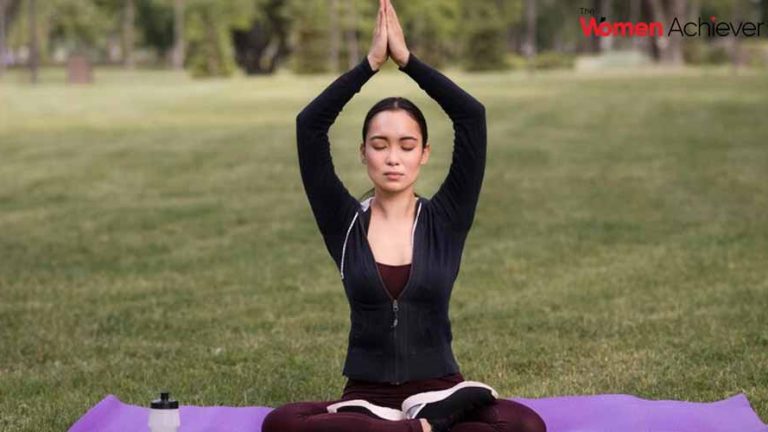Unlocking the Benefits of Yoga: A Guide for Women
This is a thorough reference to yoga for women that covers its advantages as well as recommended poses:
Yoga’s Advantages for Women
• Increased Strength and Flexibility
Yoga positions improve flexibility and enhance general body strength by strengthening and stretching muscles. Muscle tension can be lowered and posture can be enhanced with regular practice.
• Reduction of Stress
Deep breathing and mindfulness are two aspects of yoga that might assist reduce stress. It increases relaxation and lessens the negative effects of stress on the body by stimulating the parasympathetic nervous system.
• Balance of Hormones
PMS, menopause, and other hormonal imbalance symptoms can be relieved by doing specific yoga poses and exercises that assist balance hormones. Endorphins are released when you practice yoga, and these chemicals can help with sadness and mood swings.
• Improved Intelligence
Yoga’s meditative elements facilitate mental clarity, concentration, and clearing of the mind. This may result in more creative thinking and improved decision-making.
• Better Quality Sleep
Yoga can enhance the quality of sleep by promoting mental and physical relaxation. Breathing techniques and restorative positions work especially well to encourage sound sleep.
• Improved Digestion
By enhancing metabolism and activating the digestive tract, yoga can help with digestion. Twists and forward bends are examples of poses that can relieve digestive problems by massaging the internal organs.
• Enhanced Vitality
Yoga increases respiration and circulation, which boosts energy. Frequent practice helps improve general energy and lessen weariness.
Yoga’s Best Practices
• Begin by reviewing the fundamentals.
Start with simpler yoga postures if you’re new to the practice, then work your way up to more challenging ones. To prevent injury, concentrate on breathing and good alignment.
• Practice Frequently
Sustaining the health advantages of yoga requires consistency. Even if you only practice for 15 to 20 minutes a day, try to do so three to four times a week.
• Pay Attention to Your Body
Observe your body’s cues and refrain from overexerting yourself. If a pose causes you any pain or discomfort, adjust it or skip it entirely.
• Include Breathing Techniques
Yoga’s primary breathing technique is known as pranayama. To strengthen your yoga practice and promote your general wellbeing, try experimenting with different breathing techniques.
• Establish a Cozy Environment
Select a place for your practice that is calm and clutter-free. To support your practice, use a yoga mat and props like straps, bolsters, and blocks.
• Consume water and food mindfully.
Water is a great beverage to have both before and after practice. Before training, stay away from large meals, but make sure you have enough energy by having a small, well-balanced snack if necessary.
• Seek Advice
Think about taking online yoga courses or paying attention to instructions taught by qualified teachers. They can offer insightful advice and assist you in improving your technique.
Conclusion: Include yoga in your schedule to get the many advantages for both your physical and mental well-being. Always remember to appreciate the process of moving toward a more balanced, healthy existence and to have patience with yourself.






Add comment